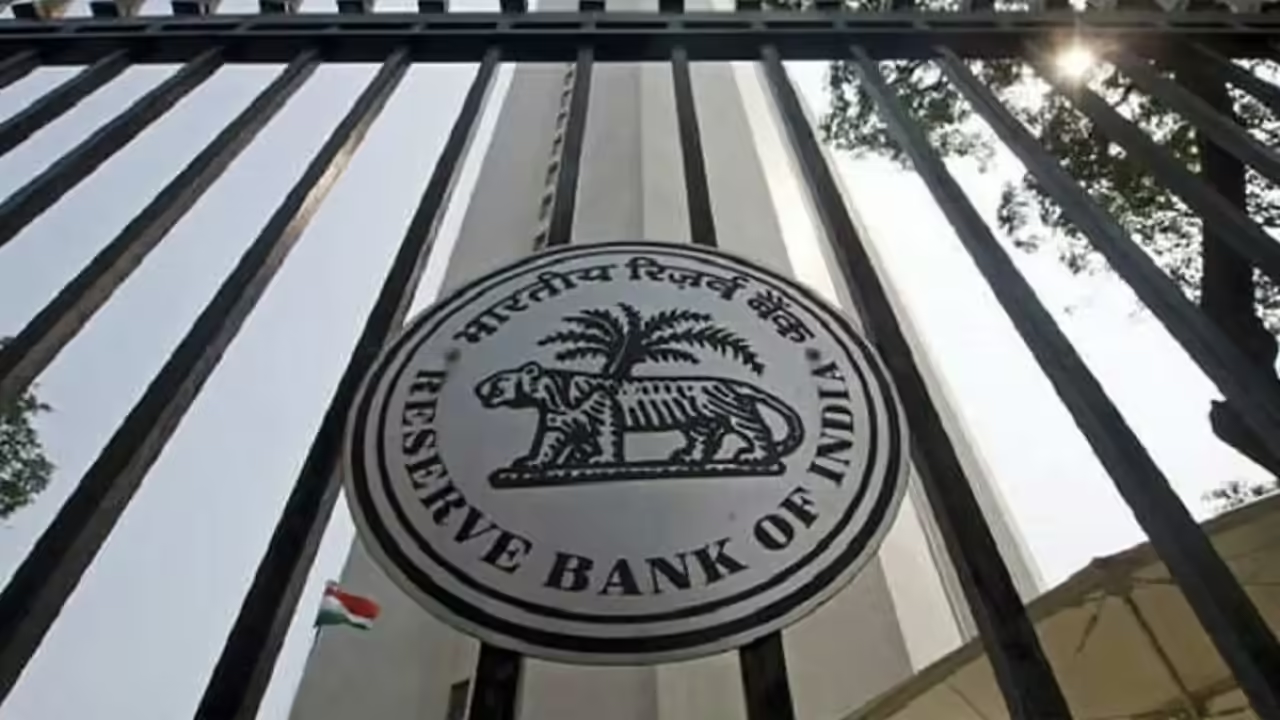RBI’s inflation targeting framework has successfully maintained CPI inflation near 4% within a 2%-6% band since 2016. While most support continuing this approach, discussions on narrowing the band and focusing on core inflation are underway, with final policy decisions expected by March 2026.
The Reserve Bank of India’s (RBI) inflation targeting framework, anchored at a 4% Consumer Price Index (CPI) target with a tolerance band of 2% to 6%, has largely achieved price stability since its adoption in 2016. Over the past decade, inflation stayed within this band for about three-quarters of the time despite global shocks like the pandemic and geopolitical tensions.
Key Highlights
-
The RBI’s inflation targeting has reduced average inflation from 6.8% pre-2016 to about 4.9%, reinforcing economic stability.
-
The current tolerance band (±2% around 4%) suits India’s high food inflation weight and structural factors.
-
A recent RBI discussion paper invited stakeholder feedback on maintaining the existing 4% target and band or narrowing the tolerance range to increase monetary policy effectiveness.
-
Economists largely favor retaining the current framework but some suggest tightening the band to 1-1.5% as seen in other Asian economies to boost policy credibility.
-
The RBI is also reviewing whether headline inflation or core inflation (excluding volatile food and fuel) should be the focus going forward.
-
Final decisions on the monetary policy framework will be taken by March 2026.
The effectiveness of the RBI’s inflation targeting plan is clear, but balancing growth objectives with tighter inflation control remains a debated challenge.
Sources: RBI Discussion Paper (August 2025), The Economic Times, Financial Express

